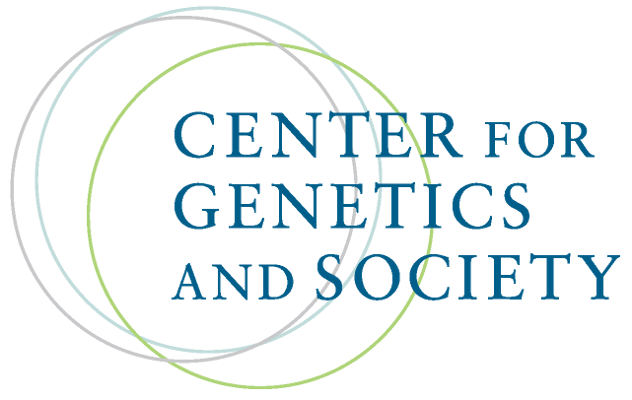The Rise of a New Eugenics
By Lloyd Lewis and Julie Reiskin,
Denver Post
| 07. 04. 2013
Eugenics was a disturbing sociopolitical movement in the early 20th century that promoted reproduction of the "fittest" and limited reproduction of the "unfit" with "inferior" genes. It took root in academia, influenced a famous Supreme Court decision, and resulted in the forced sterilization of tens of thousands of mentally ill or mentally challenged women in this country.
Adolf Hitler's embrace of eugenics would discredit the movement, but unfortunately it didn't disappear. Today, in fact, we see the rise of a new eugenics, made possible by the rapid development of bioscience and biotechnology, especially from the mapping of the human genome.
We now have researchers with the scientific know-how working with Wall Street-backed corporations to develop the new weapon in the struggle to rid the world of people with developmental disabilities: a "non-invasive prenatal test (NIPT)" that can detect a "disability" or "genetic disorder" anywhere from the fifth to ninth week of pregnancy without amniocentesis. One of the first "disorders" targeted by NIPT technologies is Down syndrome (DS). Although this test is sometimes promoted for "women at risk" for having children...
Related Articles
By Grace Won, KQED [with CGS' Katie Hasson] | 12.02.2025
In the U.S., it’s illegal to edit genes in human embryos with the intention of creating a genetically engineered baby. But according to the Wall Street Journal, Bay Area startups are focused on just that. It wouldn’t be the first...
Several recent Biopolitical Times posts (1, 2, 3, 4) have called attention to the alarmingly rapid commercialization of “designer baby” technologies: polygenic embryo screening (especially its use to purportedly screen for traits like intelligence), in vitro gametogenesis (lab-made eggs and sperm), and heritable genome editing (also termed embryo editing or reproductive gene editing). Those three, together with artificial wombs, have been dubbed the “Gattaca stack” by Brian Armstrong, CEO of the cryptocurrency company...
By Emily Glazer, Katherine Long, Amy Dockser Marcus, The Wall Street Journal | 11.08.2025
For months, a small company in San Francisco has been pursuing a secretive project: the birth of a genetically engineered baby.
Backed by OpenAI chief executive Sam Altman and his husband, along with Coinbase co-founder and CEO Brian Armstrong, the startup—called...
By Antonio Regalado, MIT Technology Review | 10.31.2025
A West Coast biotech entrepreneur says he’s secured $30 million to form a public-benefit company to study how to safely create genetically edited babies, marking the largest known investment into the taboo technology.
The new company, called Preventive, is...



